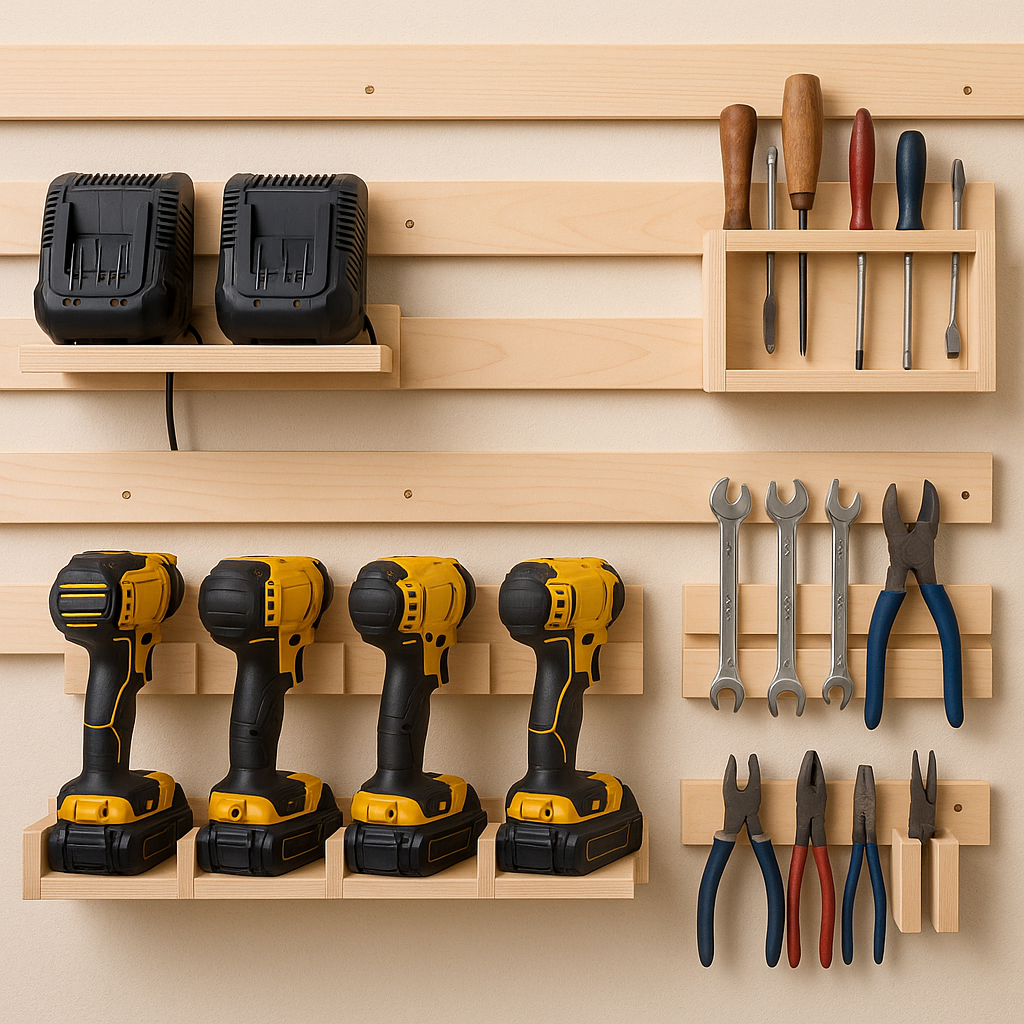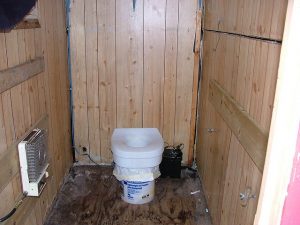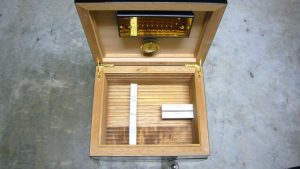If you’re looking for a strong, adjustable, and surprisingly simple way to hang shelves, cabinets, or tools, a French cleat wall system may be the best solution you haven’t tried yet. Whether you’re organizing your garage, upgrading your home workshop, or building a kitchen cabinet wall, French cleats make it easier to mount and rearrange heavy objects with professional results.
This complete guide will walk you through everything you need to know—from materials and tools to installation tips and creative applications—so you can build your own French cleat system that lasts.
🧱 What Is a French Cleat System?
A French cleat is a two-part interlocking hanger made by cutting a board or plywood strip at a 45-degree angle. One piece is mounted on the wall, with the angle facing upward. The matching piece attaches to the item being hung, with the angle facing downward. When the two cleats slide into place, gravity pulls them tightly together.
This method has been used by woodworkers for generations and remains a favorite for its strength and simplicity. French cleats are perfect for applications like tool storage walls, upper cabinets, modular shelving, and more.
👉 Want to know what kind of wood to use for cleats? Check out our guide to the best plywood for cabinets.
💪 Why Choose a French Cleat Wall?
Here’s why French cleats outperform other hanging methods:
- Weight distribution: Cleats support heavy loads evenly across the wall.
- Easy adjustments: Mount, remove, or rearrange without extra drilling.
- No exposed hardware: The system is invisible once installed.
- Reusable and customizable: Great for flexible spaces like workshops.
French cleats are strong enough to support 100+ lbs when mounted to studs, and they’re versatile enough for art walls, van builds, and retail displays.
🛠 Materials and Tools You’ll Need
Materials:
- ¾” plywood or solid hardwood boards
- 2½” wood screws (longer for thicker walls)
- Drywall anchors (if not hitting studs)
- Wood glue (optional for cabinet cleats)
Tools:
- Circular saw or table saw
- Power drill
- Tape measure
- Stud finder
- Speed square
- Pencil and level
- Sander (orbital or block)
Looking for tool setup tips? Read our guide on how to set up a woodshop.
✂️ How to Build a French Cleat System
1. Cut the Cleats
Rip a plywood board lengthwise at a 45° angle. Each cut yields two interlocking cleats. You can use a table saw for the cleanest results or a circular saw with a straightedge.
Pro tip: Make the cleats the same width for interchangeable accessories.
2. Locate and Mark Studs
Use a stud finder to identify where to anchor your wall cleat. Mark your layout line with a pencil and level to ensure it’s straight.
3. Mount the Wall Cleat
Secure the beveled cleat to wall studs with screws, making sure the angle faces up and away from the wall. For drywall-only installs, use rated anchors.
4. Attach Cleats to Cabinets or Accessories
On the item you want to hang, mount the matching cleat with the angle facing downward and inward. Pre-drill holes to prevent splitting.
5. Hang and Adjust
Lift the cabinet, shelf, or tool holder and slide it onto the cleat. The angled edges will lock the pieces together, allowing for a secure, flush fit.
🧰 Advanced French Cleat Layouts
French cleats aren’t limited to flat walls or single runs. Here are a few variations you can try:
- Vertical cleats for tall organizers
- Corner cleats for L-shaped garage or van walls
- Double cleats (top and bottom) for bulky cabinets or carts
- French cleat grid for shop tool walls
Planning a full cleat wall? Map it in zones for tools, storage, and accessories.
🛠 French Cleat Project Examples
Here are real-world uses I’ve built over the years:
🧺 Laundry Room Wall
- Movable broom holder
- Detachable ironing board
- A drying rack that stores flat
🪚 Miter Saw Station
- French-cleated dust hood
- Pull-out shelf for saw blades
- Power strip with tool hanger
🚐 Van Life Storage
- Fold-down table mount
- Overhead bin for gear
- Tool hooks that didn’t budge on the highway
Want to build your bench? Here’s our DIY workbench guide.
🔁 French Cleats vs. Other Mounting Systems
| Method | Strength | Repositionable | Visible Hardware |
|---|---|---|---|
| Hooks | Low | No | Yes |
| L-Brackets | Medium | No | Yes |
| Slat Wall | High | Yes | Yes |
| French Cleats | High | Yes | Hidden |
French cleats strike the perfect balance between strength, flexibility, and clean aesthetics.
🎨 Customize Your Cleats
French cleats don’t have to look plain. Here’s how to upgrade them:
- Edge banding for a polished look
- Painted cleats for the wall contrast
- Stained wood for rustic décor or indoor installs
- Poly finish for water resistance
I sand mine with 220-grit and use wipe-on poly for a natural matte look.
🧱 Mounting Cabinets with French Cleats
Many kitchen and utility cabinets can be installed with cleats. The cleat makes alignment much easier before you fully fasten the cabinet to the wall.
Tips for success:
- Recess the cleat into the cabinet to keep it flush
- Make sure there’s enough overhead clearance to drop it into place
- Use a second helper for large or heavy cabinets
French cleats aren’t ideal for soffit ceilings or tight ceiling gaps.
🛠 French Cleats in Workshops
This is where French cleats shine. Here’s how I use them in my shop:
- Power tool racks for drills and drivers
- French cleat shelf bins for screws and nails
- Swing-out storage panels for clamps
- A vertical cleat column for battery chargers
- Wall-mounted dust collection ports

🧠 More Creative French Cleat Ideas You Haven’t Tried Yet
Once you’ve installed your cleats and built a few basic tool holders, it’s easy to stop there, but French cleat systems shine when you start thinking beyond traditional storage. I’ve experimented with dozens of clever builds over the years, and some of the most useful setups came from simple problem-solving. For example, I made a wall-mounted laptop stand with a cleat backing so I could use video call software or project plans right at eye level while I worked. In another project, I built a modular paint station with cleated panels for brushes, rollers, and mixing trays—all removable for cleanup. French cleats let you keep the wall clean and functional while giving you the flexibility to evolve your space as your tools and needs change. You can also build adjustable lighting mounts using clip-on LED shop lights paired with cleat brackets—this lets you reposition the light exactly where you need it for detail work.
Vertical Storage
Don’t overlook vertical storage: I’ve mounted a set of cleats on the side of a workbench to hold clamps, rulers, and even a sliding magnetic tray for drill bits. In tight spaces like basement workshops or van builds, I’ve used cleats to hang folding worktables, collapsible drying racks, and even a fold-down seat. And if you’re in a shared space like a maker lab or classroom, color-coded cleats can help designate sections for different users. For parents or teachers, cleats are a great way to organize kids’ art supplies—make smaller panels with bins for crayons, markers, and paint, and let the kids rearrange them.
More…
French cleats also lend themselves well to seasonal organization. In my garage, I created removable panels for winter gear—ice melt scoops, gloves, snow shovel hooks—and swapped them out for summer gear like garden tools, hoses, and lawn mower accessories. The best part? You can store off-season cleated panels on a shelf and reinstall them in minutes. French cleats don’t have to be utilitarian, either. I’ve built wall-mounted planters for succulents, mini floating bookshelves for paperbacks, and decorative wood wall art with hidden cleat hangers. Because cleats are so strong and nearly invisible once installed, they’re a great choice for rental spaces where you want stability without drilling a hundred holes. If you run a home business or craft booth, you can use cleats to create display panels for products that set up and break down fast. Whether you’re working with plywood scraps or premium hardwood, French cleats offer a creative, low-cost, and endlessly adaptable solution for vertical storage.
Just remember: once you start using cleats, you’ll probably never want to go back to fixed shelves again.
📦 Add-Ons & Accessories
Once your cleats are up, add accessories like:
- Cord wrap hooks
- Charging stations
- Paper towel holders
- Spray can bins
- Magnetic strip holders
You can even buy pre-made cleat accessories at Rockler if you prefer ready-made options.
✅ Final Thoughts: Why Every DIYer Needs French Cleats
Few upgrades transform a space as quickly and affordably as a French cleat system. With just a few boards and some basic tools, you can turn a bare wall into a dynamic, durable, and adjustable storage system that works for you.
Whether you’re setting up your first garage or rebuilding a dream workshop, cleats give you freedom—freedom to move things, experiment, and build smarter.




